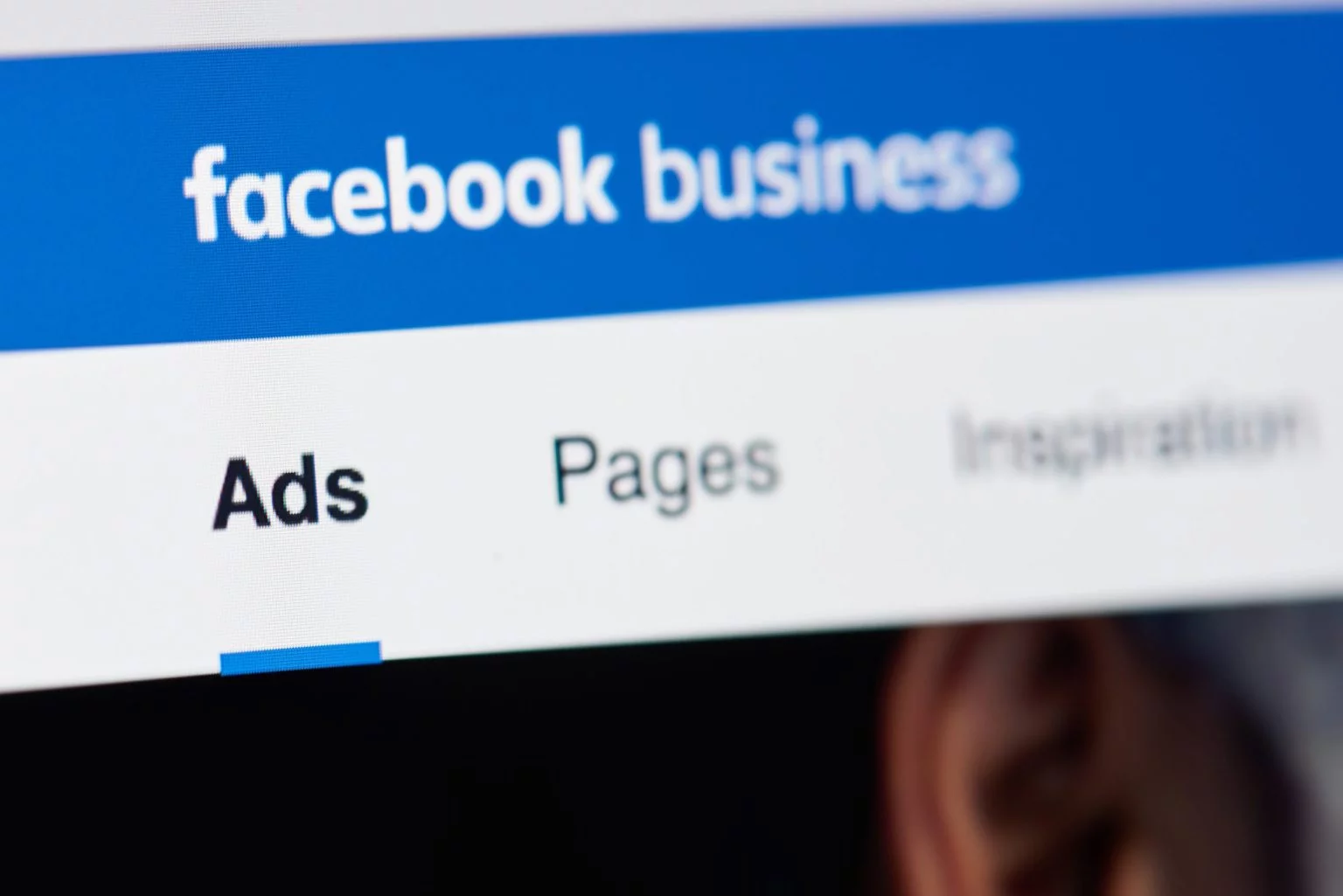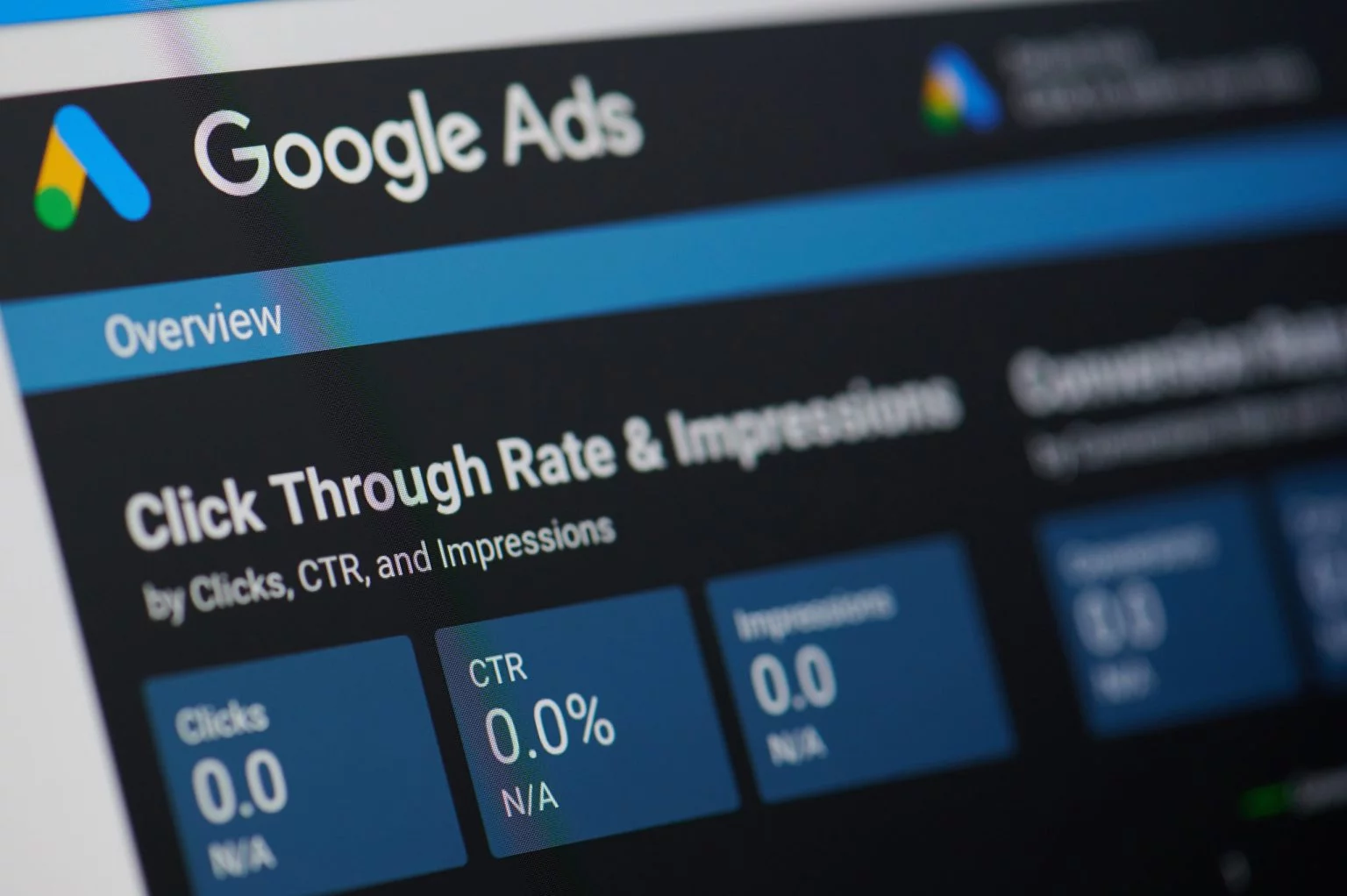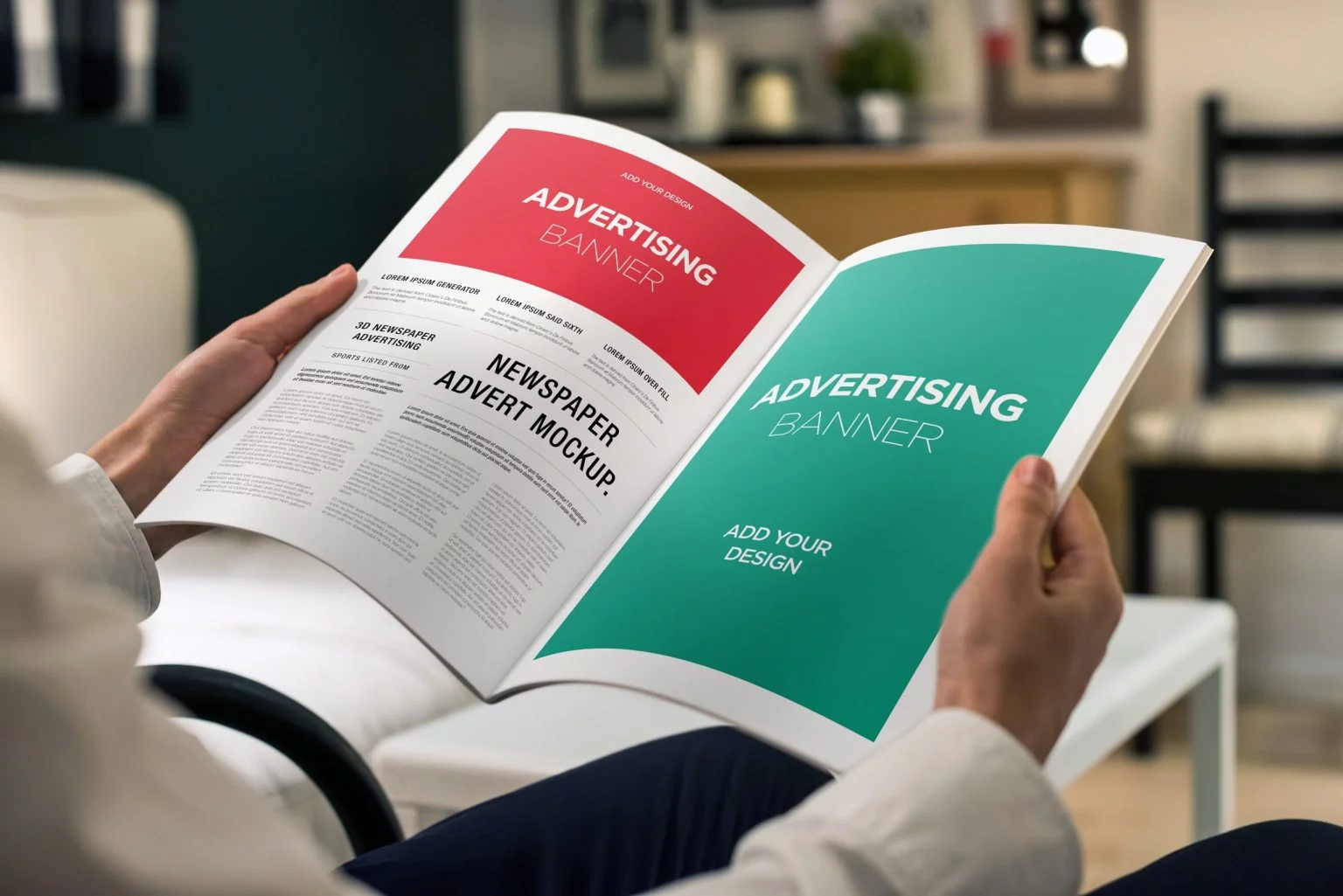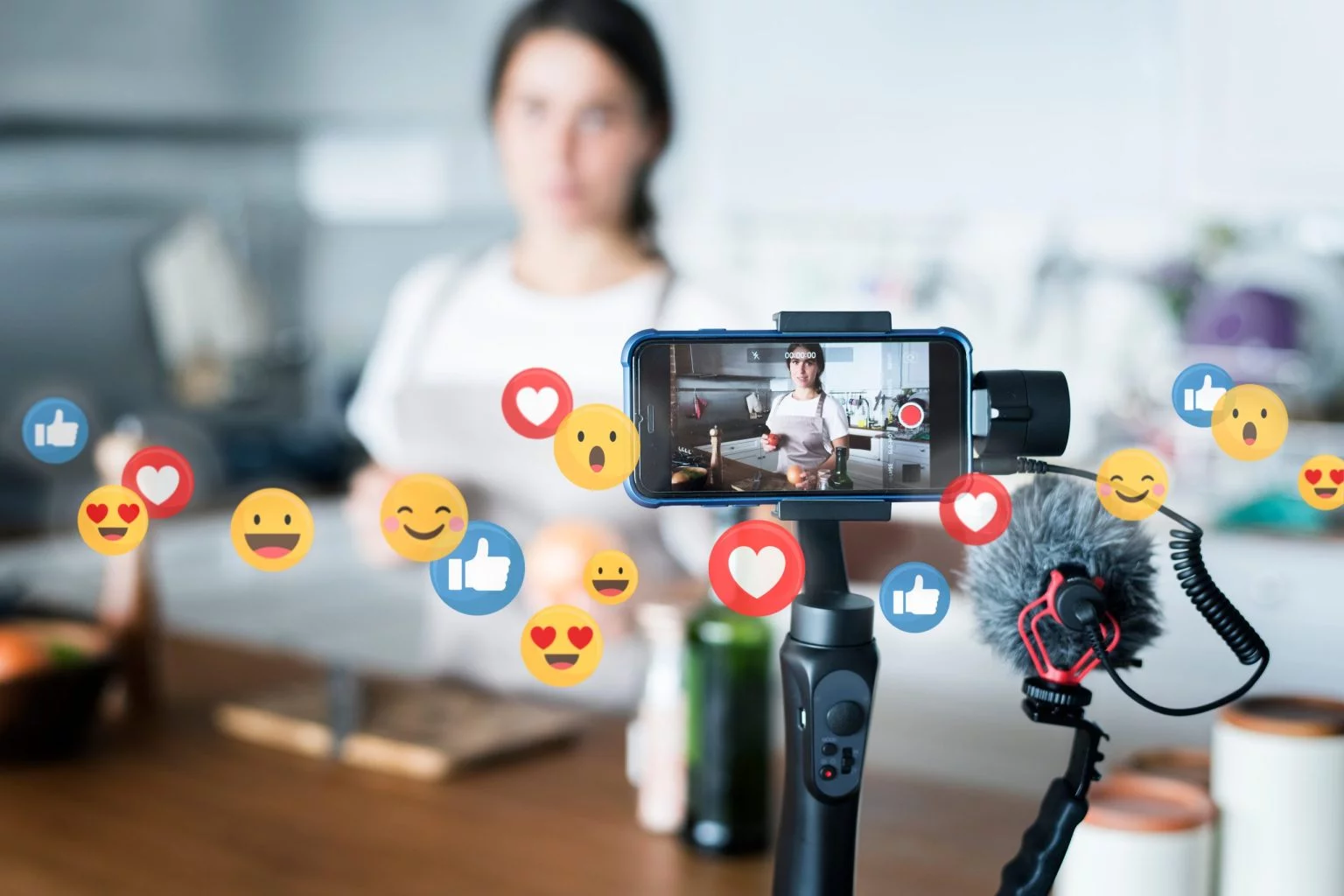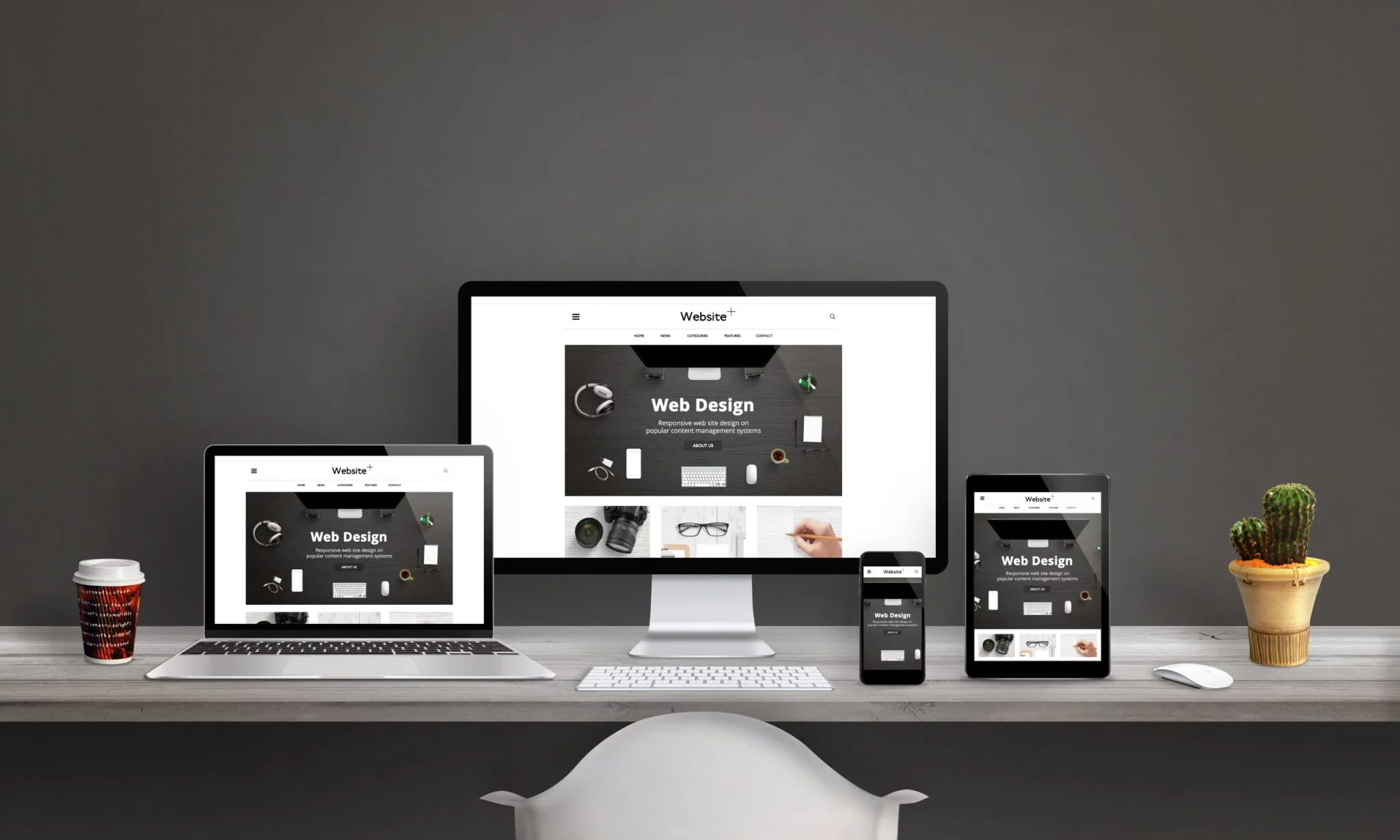
Here's a statistic that'll make you do a double-take: listening to ad-supported AM/FM radio at work jumped a stunning 10 share points compared to a year ago, according to Edison Research's latest "Share of Ear" report. That's not just a bump—that's a seismic shift that has industry insiders like Audacy's Ray Borelli calling it exactly what it is: stunning.
What's driving this workplace audio surge? The post-pandemic workplace evolution is finally stabilizing. With work-from-home opportunities becoming more selective and employees establishing new routines in their office environments, radio is cementing its role as the ultimate at-work companion—the audio equivalent of that reliable coworker who always knows where the good coffee is.
This isn't just about habit—it's about radio strengthening its position as the go-to audio choice when people need something reliable, unobtrusive, and consistently engaging throughout their workday.
Radio's Strategic Market Position: Right Place, Right Time, Right Audience
Think podcasts and Spotify are dominating the audio landscape? The data tells a more nuanced story. When Borelli analyzed the Edison Research findings, he discovered something that should make every advertiser take notice: AM/FM radio now commands 63% of ad-supported listening at work, up from 53% just one year ago.
But here's where it gets really interesting (and lucrative for advertisers). Radio isn't just strong at work—it's absolutely dominating in cars, capturing 84% of ad-supported listening. Do the math with me here: radio is reaching consumers during their commute and throughout their workday. That's prime real estate in the consumer journey, positioning radio perfectly to reach people when they're "closest to the point of purchase."
Translation: Radio is catching people right when they're most likely to actually buy stuff.
The Smart Speaker Success Story
Here's a development that might surprise you. Radio has established itself as the dominant force on smart speakers. While everyone was debating whether Alexa would disrupt traditional media, radio was busy making friends with our new AI assistants.
According to Edison's findings, AM/FM radio overtook streaming music's share of ad-supported listening on smart speakers back in 2022 and now commands a 17-point advantage (48% vs. 31%). That's like winning a race and then steadily increasing your lead.
Two-thirds of U.S. adults listen to broadcast or streaming AM/FM radio daily, and when traditional radio isn't available, smart speakers are extending that reach. It's a perfect example of how radio adapts to new technology rather than being displaced by it.
The Startup Investment Surge: New Businesses Are Betting Big on Radio
While we're talking about radio's growth trajectory, let's dive into another fascinating trend that's gaining serious momentum. According to a new report from Borrell Associates, there's a significant investment wave happening in local radio advertising, and the investors are brand-new businesses.
Check this out: the average local radio station advertiser spent $48,060 in the medium last year. That puts AM/FM near the top of local advertising spending, beaten only by out-of-home advertising ($67,575) and search engine marketing ($58,567). Radio is outpacing television when it comes to average advertiser investment.
But here's what makes this trend particularly significant: there's been a profound change in the business landscape. The pandemic accelerated entrepreneurship, with new business applications growing at an average rate of 9.7% per year.
The result? There are 4.1 million more small and medium-sized businesses in operation today than there were in 2019. That's an average of 3,886 new companies in each radio market, and many of them are discovering radio's effectiveness for the first time.
The Fresh Business Advantage
Here's where the growth potential becomes really exciting for radio stations: 14% of small businesses that have opened since 2020 plan to increase their radio ad spending this year. That's double the 7% of businesses established before 2020. These aren't legacy advertisers maintaining old patterns—these are innovative entrepreneurs actively choosing radio as their growth vehicle.
Why are new businesses gravitating toward radio? Borrell's research suggests several compelling reasons. These newer companies want to differentiate themselves from competitors using digital-only marketing. Others have discovered that digital marketing requires more complexity than they anticipated, and they're seeking partners who can provide strategic guidance alongside media placement.
The effectiveness ratings support their decision-making. The number of local advertisers who consider radio advertising either "very effective" or "extremely effective" has grown by a third in recent years. In 2017, one in four local advertisers gave radio those high marks. Today, one in three does.
The Generational Technology Adoption Twist
Speaking of creators, here's an unexpected development in the audio production world: when it comes to AI adoption in content creation, experienced creators are actually leading the charge. According to Wondercraft's recent study, creators over 25, particularly those 35 to 54, are embracing AI tools more consistently than their younger counterparts.
Only 42% of creators under 25 report using AI throughout their content workflows, compared to higher adoption rates among older professionals. It's an interesting departure from typical technology adoption patterns, suggesting that professional experience and workflow demands, rather than just familiarity with new tech, drive meaningful adoption.
This trend has implications for radio as well. As AI tools make audio content creation more accessible and efficient, radio stations and advertisers who strategically implement these technologies could find themselves with significant operational advantages.
The Strategic Opportunity Ahead
So what's the big picture here? Radio is capitalizing on its unique strengths while strategically adapting to new market conditions and technologies.
The evolving workplace is reinforcing radio's value as a reliable, engaging audio companion. New businesses are recognizing radio's effectiveness and investing accordingly. Smart speakers are expanding radio's reach into previously untapped listening environments. And the broader audio ecosystem is demonstrating that substantial revenue opportunities exist in audio content.
For advertisers, this represents a strategic opportunity. Radio offers proven reach, measurable effectiveness, and strong ROI at a time when new businesses are actively seeking marketing partners. For radio stations, it's a chance to build relationships with a fresh generation of advertisers who approach media decisions based on data and results rather than assumptions.
The audio landscape continues evolving rapidly, with podcasts, streaming platforms, and traditional radio each finding their optimal market positions. Traditional radio is writing its next growth chapter by leveraging its established strengths while embracing new opportunities, one office environment and one new business partnership at a time.


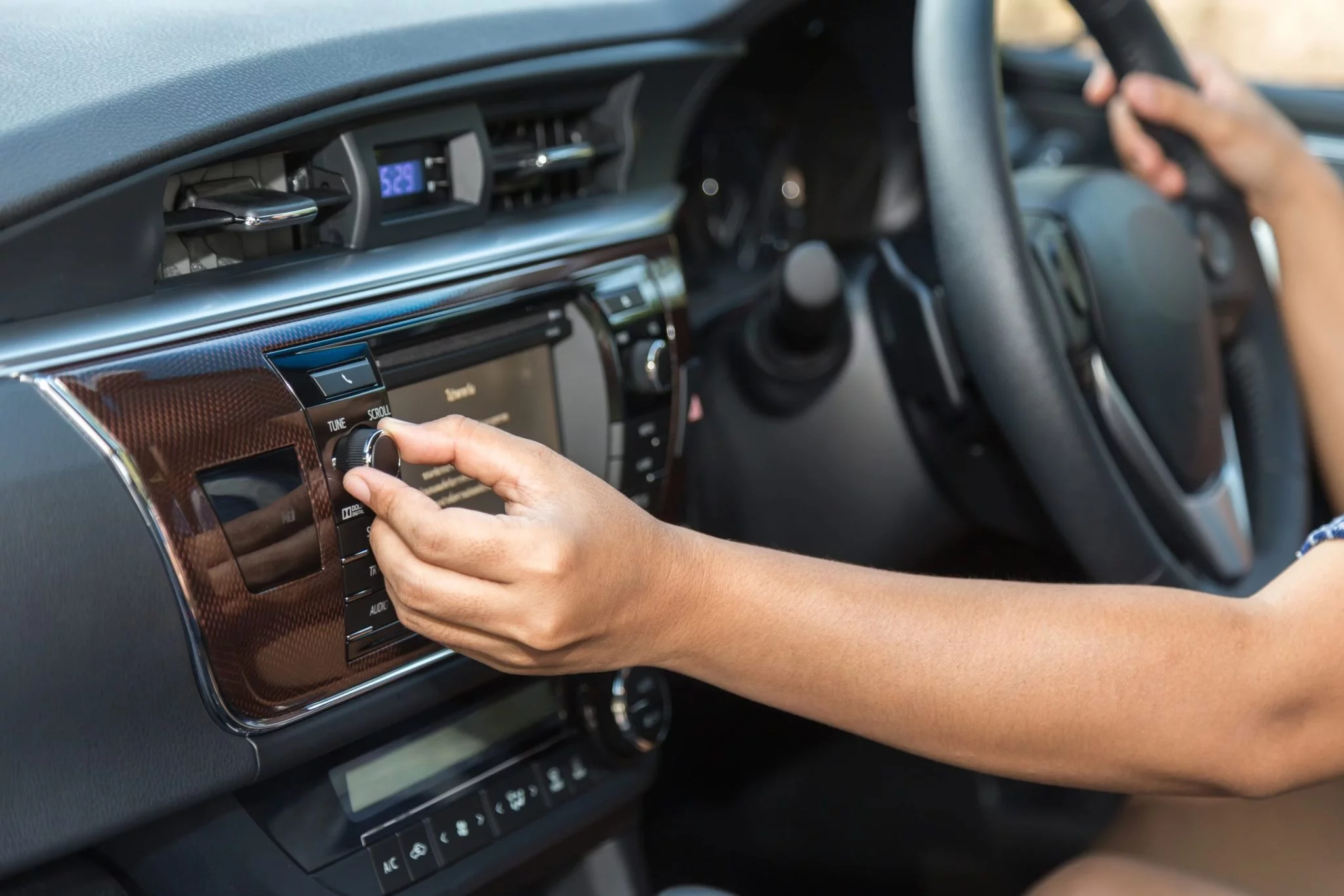
.webp)





